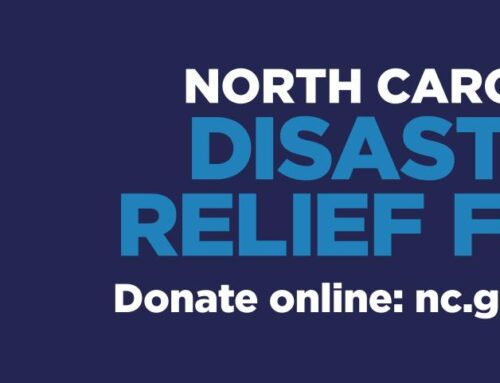Follow Gladiator Consulting on Instagram, Facebook and Twitter.
As nonprofit leaders and advocates in the field, we oftentimes find ourselves asking: am I doing enough? Or, why am I even doing this work? Or, Is anything going to change?
We pride ourselves in setting realistic (or, some of us set outstanding) goals, to reassure that the work we are doing truly impacts the community we set to serve. We plan and evaluate, just to say, “We met our goals,” or that the work we’re doing is great for the community. In reality, we may be thinking about this all wrong.
As marketing, development and leadership team members, we work toward a common cause within the organization. Each position uniquely plays a vital role in fundraising. So the real question that needs to be answered is: why are we in service to fundraise?
The answer should simply be “For the love of humankind.”
Together, our organization’s marketing, fundraising and strategy should be grounded in the well-being of humanity. Whether we are working in community development, food insecurity, or racial justice, our fundraising must be grounded in our organization’s mission as we work to center the community we seek to serve and develop measurable impact and progress.
As a community advocate, crisis fundraiser, disruptive/justice fundraiser, and leader, here are some of my tips for End of Year planning, fundraising, and impact marketing for the communities we serve:
Community Voice and Advocacy
Community-Centric Fundraising (CCF) is a fundraising model grounded in equity and social justice. The CCF movement prioritizes the entire community over individual organizations and is grounded in justice philanthropy principles. As a result, the community as a whole and the community we seek to serve should be the focus throughout the year, including the end of year fundraising strategies and campaigns. Becoming an advocate for and centering your fundraising in the community you serve illustrates the genuine passion for humankind and the visibility in the neighborhood will naturally build trust. Community voices as a part of end-of-year fundraising might include community leaders, community members, local businesses, and program participants.
In order to do this, you have to read the room and your audience. Engagement methods can be modern: phone calls, text messaging, and social media challenges and groups methods to collect input. Then, there is also the old-school practice of door-to-door canvassing, becoming a vendor at a Community Center, and focus group sessions. Do what works for YOUR organization and YOUR audience.
Partnership
Speaking of community, collecting input is the first step to developing partnerships grounded in people. Leading to strengthened fundraising opportunities like: corporate sponsorships, community-led programs, special end-of-year campaigns (i.e annual appeals or Giving Tuesday), and network building. Organizational partnerships should not only consist of those companies and individuals that can actually afford (time and or monies) contributing to the work. Instead, it should be grounded in relationship building and passion-driven individuals and local businesses (community) that truly want life-changing, positive results for humankind.
Marketing
Keep the focus on the people versus the organization by incorporating the community in all marketing efforts. Strengthen the impact of your marketing by utilizing storytelling*, easy-to-follow data, and images of real people. Some other important ideas for having a successful end of year work:
- Create a dissemination calendar or plan for the marketing + communications team.
- Utilize a theme for any fundraising campaigns to connect with the current realities of the organization’s work. Be creative, innovative, and take risks!
- Engage your audience for feedback via survey or poll through e-mail and media outlets. Specifically, when thinking about end-of-year tasks, remember community input, marketing, and partnerships all have a part in the organization’s fundraising.
*always avoid using language and photos in your marketing practices that profit from impoverished communities!
Overall, it’s not too late to get creative and think of ways to engage the community. Nonprofit teams can be a part of dismantling systems in place to keep marginalized groups and communities impoverished and shift organizational practices that result in impactful change.
Gabrielle Cole, MNA
Director of Development and Disruption, Gladiator Consulting
Gabi was born, raised and currently resides in North St. Louis City, Missouri. She moved to Chicago after high school to study Political Science and Sociology at DePaul University. She later returned and obtained a Master of Science in Non-Profit Management from Fontbonne University, and continues her Ph.D. work at Capella University. She is currently a Nonprofit Executive, consultant and Adjunct Professor.
In addition to her work at Gladiator, Gabi is the co-founder and Co-Executive Director at The Fit and Food to promote equitable wellness programming and healthy food access to support her community. Her passion for human services and overall wellness drove her to research and develop a local wellness nonprofit program established in 2012 for underserved families in the St. Louis area.
Check out Gabi’s full bio to learn more about her work.





